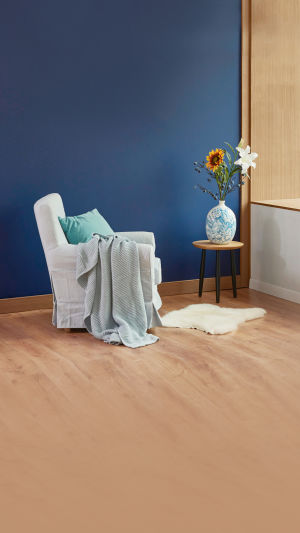Sofas are a crucial and indispensable piece of furniture in modern home decoration. When it comes to choosing a sofa style, there are several factors to consider, with one of the most critical elements being its alignment with the overall decorative style and current trends.
Currently, the mainstream sofa styles include the one-line type, L-shaped type, and single sofa. Depending on your living habits and household conditions, you can make different choices.
The one-line sofa is a space-saving option that is more suitable for small living rooms. Its disadvantage, however, is the inability to accommodate lying down unless it is intended for a single person's use. Therefore, the one-line sofa works best in small living rooms where a single individual primarily uses it.
On the other hand, the L-shaped sofa provides more space and allows for both sitting and lying down, offering a richer and more versatile experience. This style is well-suited for individuals who enjoy lounging on their sofas.
The single sofa, characterized by its comfort, offers a cozy and relaxed feeling. Designed for one person, it features armrests on both sides and incorporates ergonomic design principles.
With a single sofa, you can experience optimal comfort and flexibility while enjoying your leisure time. Moreover, due to its small size, the single sofa can be placed flexibly within your home.
Sofas play a vital role in our living rooms, and comfort is a key consideration when choosing one. While selecting a sofa, it is essential to understand its dimensions. So, what is the ideal height for a sofa?
In general, the seat height of a sofa should match the height of the knees when bent, ensuring a comfortable sitting experience. For a single sofa, the seat surface height should be maintained at approximately 42 cm, which includes the seat surface plus the compression caused by the weight.
The backrest height of a sofa typically ranges from 490mm to 550mm. A low backrest provides lumbar support and should not exceed the lower shoulder blades' height to allow flexible movement of the upper limbs.
The middle backrest offers both lumbar and back support, ensuring the head can turn comfortably. Its height should not surpass the level of the neck. Generally, the height of the middle backrest falls between 400mm and 450mm.
Additionally, the lumbar, back, neck, and head support areas on the backrest should have heights of approximately 150 mm-180 mm, 380 mm-420 mm, and 450 mm-480 mm, respectively.
If the sofa height is too high, it can feel uncomfortable, resembling sitting on a chair. Conversely, if it is too low, standing up from the sofa can become arduous.
Furthermore, the width of the single sofa's sitting surface should be no less than 48 cm, with the seat depth falling within the appropriate range of 48-60 cm.
The seat surface height and standards for double or triple sofas align with those of single sofas. However, the seat surface width varies accordingly.
For a three-person sofa, a spacing of 45-48 cm per person is suitable, while a double sofa can have a larger spacing of 50 cm, depending on the users' body types.
When it comes to sofa colors, common options include beige, gray, blue, and brown. However, beige sofas are losing their popularity due to their susceptibility to dirt and stains.
With the rise of the light luxury trend, green sofas have gained prominence and become a popular choice in the realm of sofa colors.





